Octaves are one of the most fundamental concepts in music theory, crucial for any music producer to understand.
They can add depth and richness to your tracks and help you create music that is both harmonically complex and sonically appealing, instantly captivating your listeners.
Plus, lay down epic melodies and harmonies that blow your competition out of the water.
So, as an artist or producer, knowing all about octaves and different, creative ways to use them is invaluable.
In this article, you’ll learn:
- What is an octave in music ✓
- The concept of octave equivalence ✓
- Middle C and octave relationships ✓
- Octaves in the major scale, minor scale & chromatic scale ✓
- Using octaves to create depth and texture ✓
- Octave doubling techniques ✓
- Octave layering & shifting ✓
- Octaves on the piano keyboard ✓
- Octaves in string instruments ✓
- Octaves in wind instruments ✓
- The science behind octaves & the musical alphabet ✓
- Much more to help you answer the question, ‘what is an octave in music?’ ✓
After reading this article, you’ll know everything about octaves so you can use them creatively in your own tracks and enhance your skills along the way.
You’ll be able to create more dynamic and engaging music and layer sounds like a true professional.
Whether you’re laying down a new melody, building a bassline, or adding harmonies, mastering octaves will elevate your music to new heights.
So, let’s dive in…
Table of Contents
What is an Octave in Music?
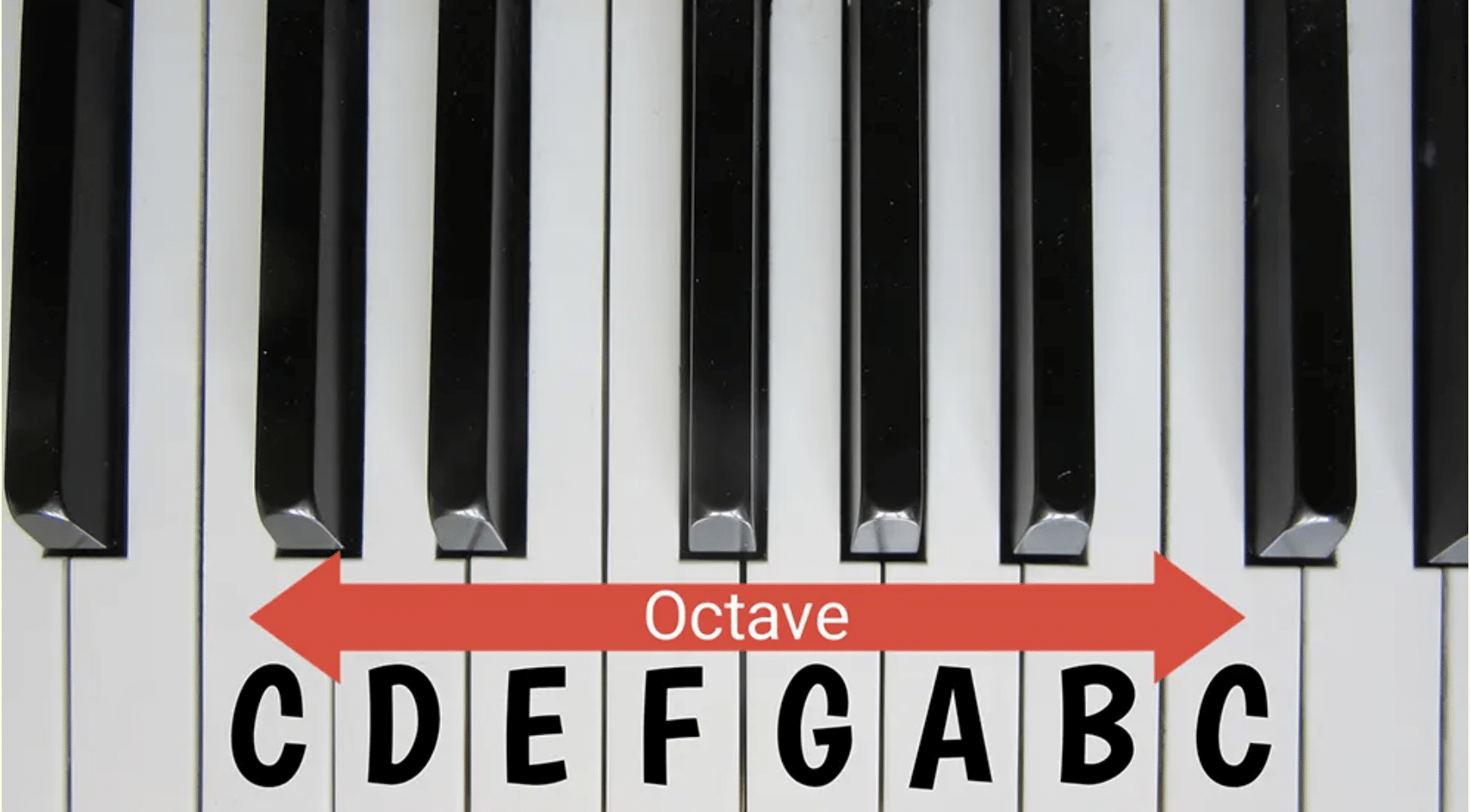
An octave in music refers to the musical interval between one musical pitch and another with half or double its frequency.
The term “octave” comes from the Latin word “octavus,” meaning eighth, as it is composed of eight notes in a diatonic scale.
For example, when you play a note, the same note one octave higher will sound similar but at a higher pitch 一 it’s all about the pitches.
Understanding octaves is fundamental for music producers like yourself, as it helps in creating extra depth, harmony, and texture.
Octaves are key in both music theory and production, because they form the basis of:
- Scales
- Chords
- Melodies
The concept of octave equivalence, which we’ll break down later, will help you manipulate sounds across different pitches while maintaining their musical identity.
Bottom line, mastering octaves can completely transform your tracks, add richness and variety, and enhance your skills.
Don’t worry, we’ll cover everything in detail so you get the full picture.
Understanding the Basics of an Octave
To really grasp the significance of octaves and understand what are octaves in music, let’s dive into their main elements and how they operate in different musical contexts.
-
The Concept of Octave Equivalence
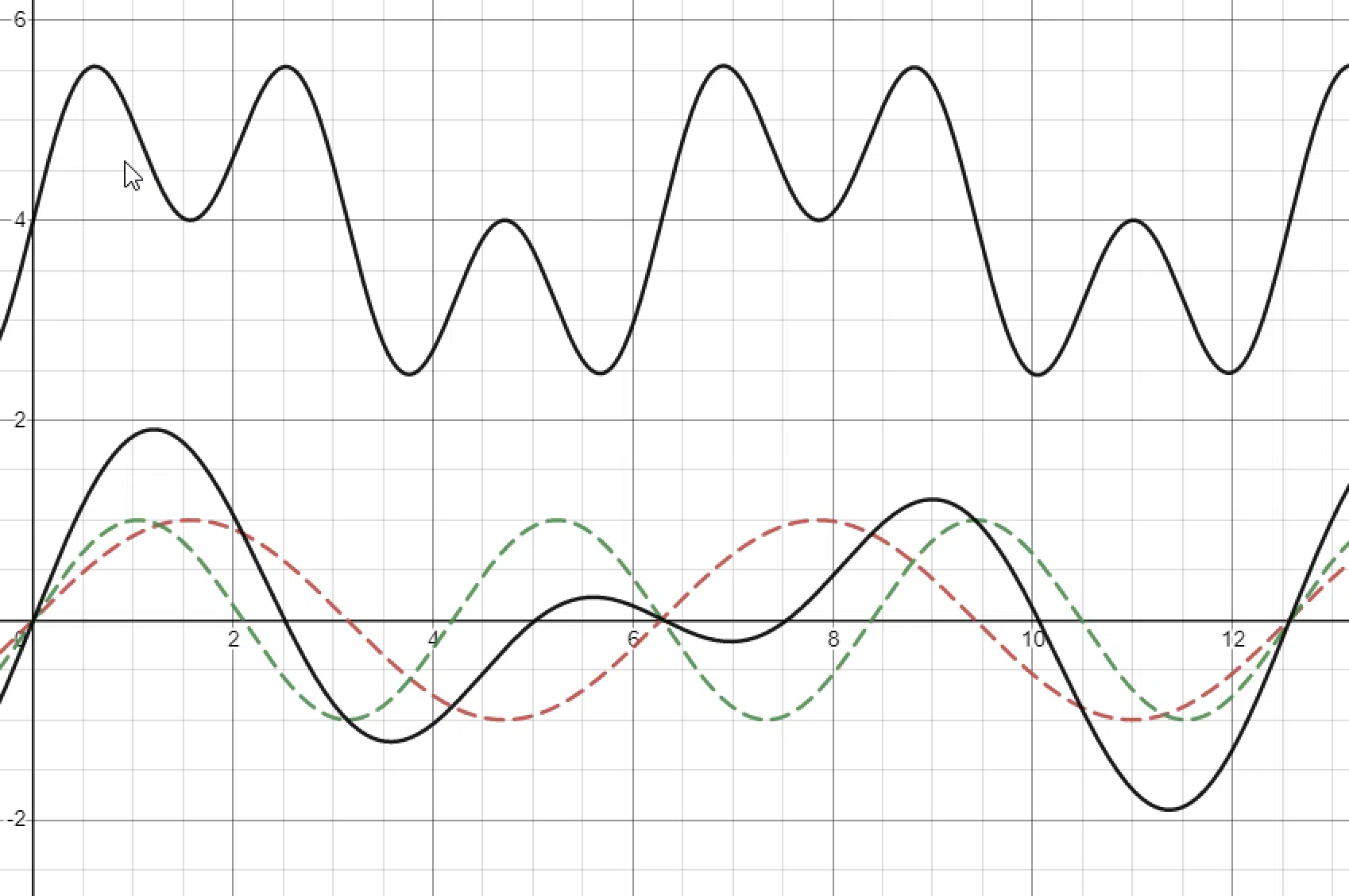
The concept of octave equivalence suggests that all the notes separated by an octave sound remarkably similar, even though one is higher or lower in pitch.
This phenomenon occurs because the higher note’s frequency is double that of the lower note (frequency doubling).
For example, if a note at 440 Hz is played, the same note an octave higher will be at 880 Hz… easy, right?
In music theory, octave equivalence simplifies the understanding of musical scales and intervals, because all the notes an octave apart share a unique harmonic relationship.
This concept is essential in Western music, where scales and chords are built using octave relationships all day.
When producing music, using octave equivalence can help in arranging and layering sounds, which we’ll talk about later.
It enables you to create fuller and more dynamic tracks by incorporating two notes that are octaves apart 一 enhancing the overall texture.
NOTE: By understanding the physics of sound waves and frequency, you can harness the power of octaves even more to create more compelling and harmonious music.
-
Middle C and Octave Relationships

Middle C is the perfect reference point on the piano keyboard and in music theory, located near the center of the piano.
It basically serves a benchmark for identifying octaves.
For example:
- The note immediately above middle C is C5
- The note immediately below is C3
- Middle C itself being C4
Understanding the relationship between middle C and octaves is key if you want to master this topic and produce professional-quality music.
When you play middle C on the piano, the next C note higher up (C5) and the next one lower down (C3) will sound similar but in different registers.
It will help you navigate the keyboard better and utilize octaves to their advantage.
Recognizing octave relationships around middle C will help you create enchanting melodies, harmonies, and basslines every time.
It allows you to transpose musical elements like a boss and ensure they fit well within the desired register of your track.
-
Octaves in the Major Scale
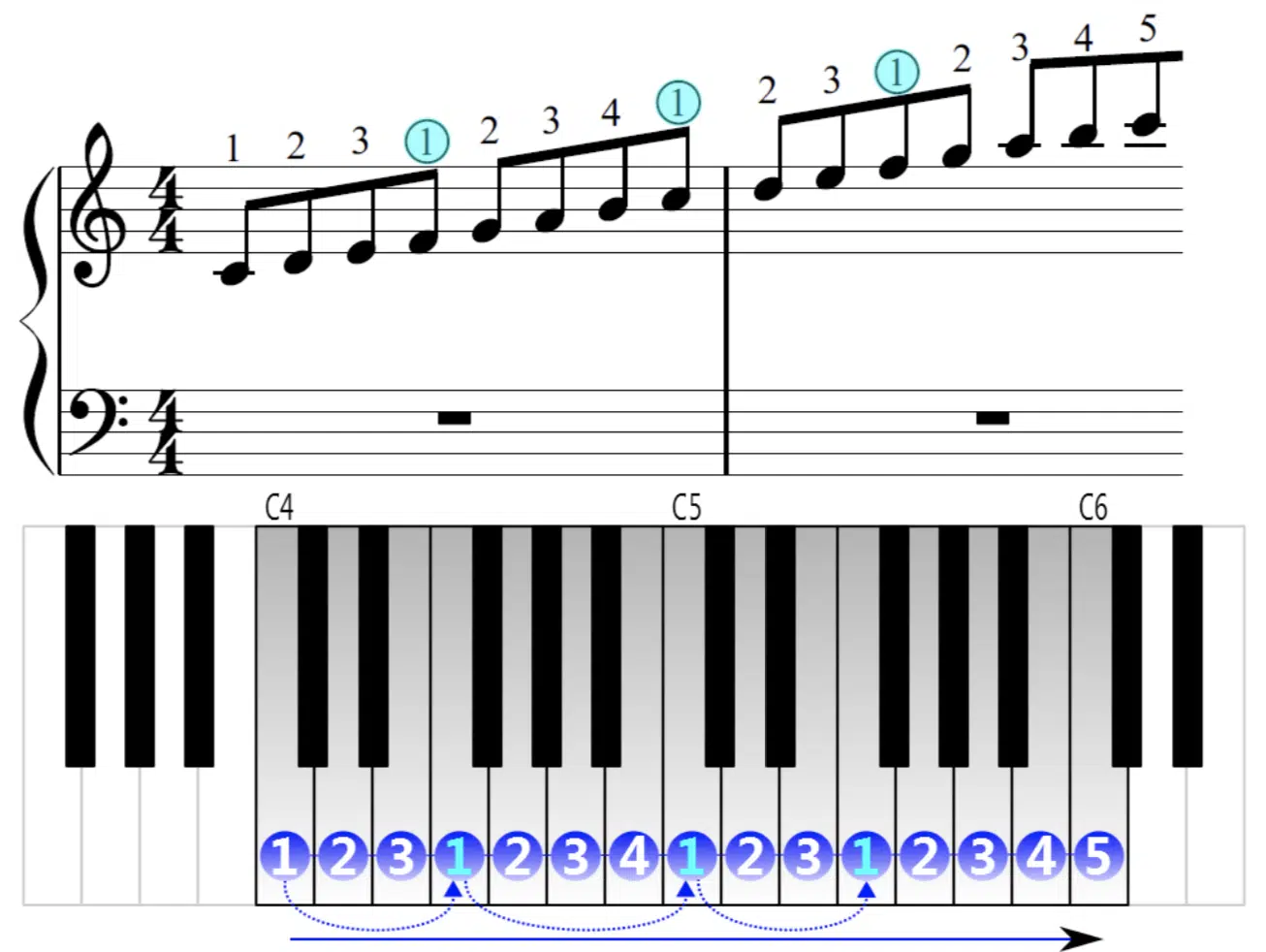
In the major scale, octaves play a significant role in defining the scale’s structure.
A major scale (which evokes happiness/brightness) consists of eight notes, with the first and eighth notes being the same but an octave apart…
For example, in the C major scale, starting and ending with C (C-D-E-F-G-A-B-C), the first C and the last C are exactly one octave apart.
Understanding octaves within the major scale is essential for top-tier music composition and manipulation.
It helps in creating melodies that span across different octaves 一 providing a sense of completeness and resolution.
This way, you’ll be able to create super interesting musical phrases that transition smoothly between octaves and instantly captivate your audience.
When working with major scales, utilizing octaves can:
- Enhance the harmonic richness of your music
- Create fuller chords and more intricate harmonies
- Add depth and dimension to your tracks
For example, if you play a C major chord (C-E-G) and then add the same notes an octave higher, you create a more impactful and powerful chord.
This technique is very useful in genres like pop and rock, where strong, clear and upbeat harmonies are essential.
By understanding how to use octaves effectively, you can elevate your music production and make your tracks more engaging and professional.
-
Octaves in the Minor Scale

D Natural Minor Scale 2 Octave Scale
Similar to the major scale, octaves are integral to the overall structure of the minor scale as well.
A minor scale also spans eight notes, with the first and eighth notes being exactly one octave apart (perfect octave).
For example, in the A minor scale (first note A-B-C-D-E-F-G-A), the first A and the last A are an octave apart.
They contribute to the minor scale’s distinct emotional quality 一 helping you to create melodies and harmonies that evoke a range of feelings (sadness, heartbreak, etc.).
You can also use octaves in the natural minor scale to build tension and release, which people really cling to and remember.
By shifting notes up or down an octave, you can create dynamic contrasts and skyrocket the expressive power of your music.
For example, you might start a melody in a lower octave to establish a somber tone, then shift the melody an octave higher to intensify the elevated vibe.
This technique is super popular in genres like classical, film scores, and even modern electronic music, where emotional expression is one key you can’t overlook.
-
Octaves in the Chromatic Scale
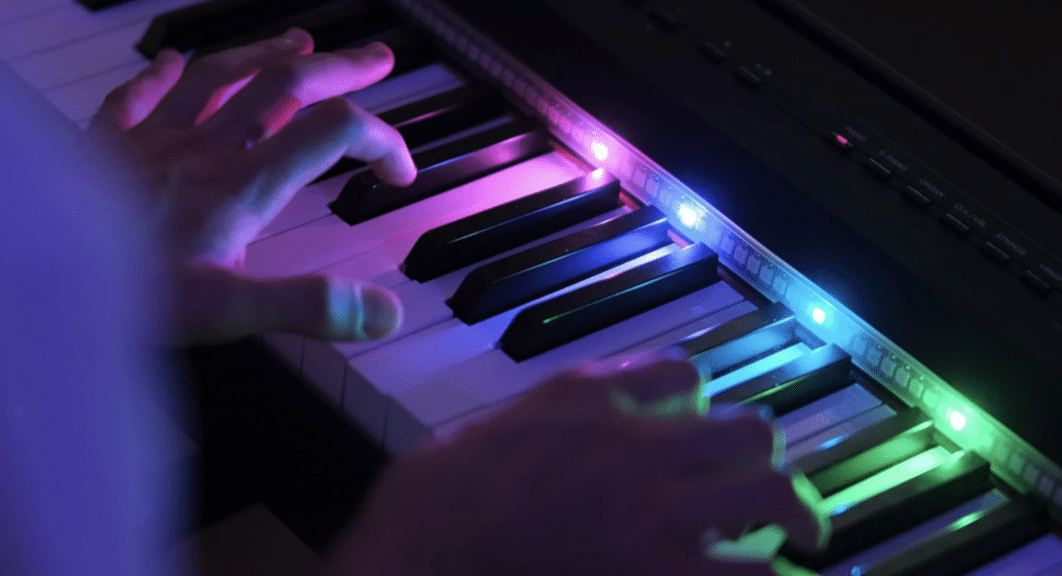
The chromatic scale consists of all twelve notes within an octave, each a half-step apart, covering the entire range of both the white and black keys on a piano keyboard.
Remember, half-steps are equal to semitones and whole-steps are equal to whole tones.
For instance, starting from Middle C, the chromatic scale includes starting note C, C#, D, D#, E, F, F#, G, G#, A, A#, and B, before reaching the next C an octave higher.
In the chromatic scale, octaves allow for seamless transitions between different pitches, to provide a solid foundation for more complex tracks.
EDM loves using this process, because it’s all about intricate melodies and harmonies.
You can use the full range of the chromatic scale to create dynamic and evolving sounds that span multiple octaves…
For example, in an EDM track, you can use the chromatic scale to create a powerful build-up (one of my personal favorite sounds).
By starting with a low C note and gradually ascending chromatically to the next C an octave higher, the tension and energy in the track increase.
This, in turn, will lead to an explosive drop that people can’t resist 一 making your song more exciting and engaging.
Using Octaves 101 (For Producers)
Now that we’ve covered the basics to help you understand what is an octave in music, let’s explore some different ways you can actually apply that knowledge.
-
Using Octaves to Create Depth and Texture
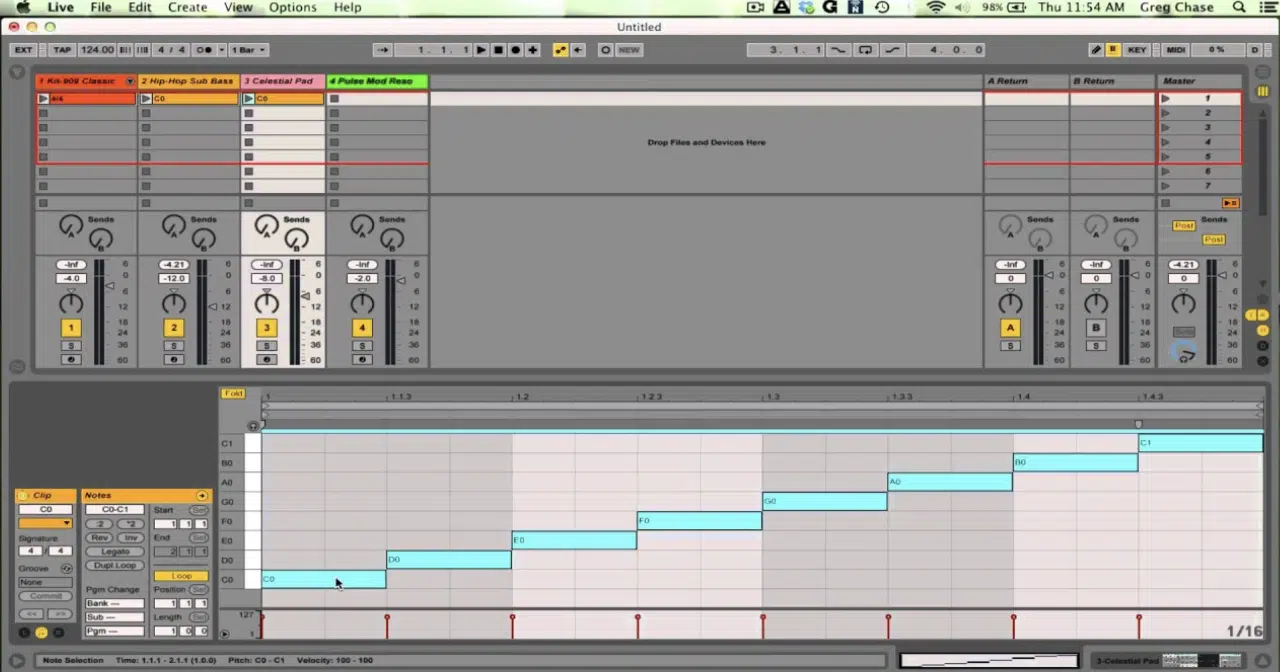
One of the top ways to use octaves in the music production world is by creating extra depth and texture in your tracks.
By layering sounds that are a perfect octave apart, you’ll achieve a richer, more immersive sonic experience that can really intrigue your listeners.
This technique is super useful for creating wide and spacious mixes.
For example, let’s say you were producing a synth pad… you can try duplicating the original note and transposing it one octave higher or lower.
This will add a sense of fullness and dimension to the pad, making it more engaging and dynamic (the definition of simple yet effective).
- Using octaves higher 一 Can brighten and lift the texture.
- Using octaves lower 一 Can add warmth and depth.
Another creative method is to play one note on an instrument and then layer it with the same note an octave apart.
This is especially effective with instruments like the piano or strings.
For instance, playing a C note on the piano and then adding the same C note one octave higher or lower creates a more complex and textured sound.
It lets you fill out the frequency spectrum and create a more balanced mix.
Pro Tip
You can experiment with shifting pitches within your layers… simply start with an original note, then add a layer with a lower pitch class or an octave higher.
This technique helps in creating dynamic shifts and can make specific sections of your song really stand out.
By strategically using octaves, you can enhance the overall texture and depth of your music so it’s more alluring and professional.
-
Octave Doubling Techniques
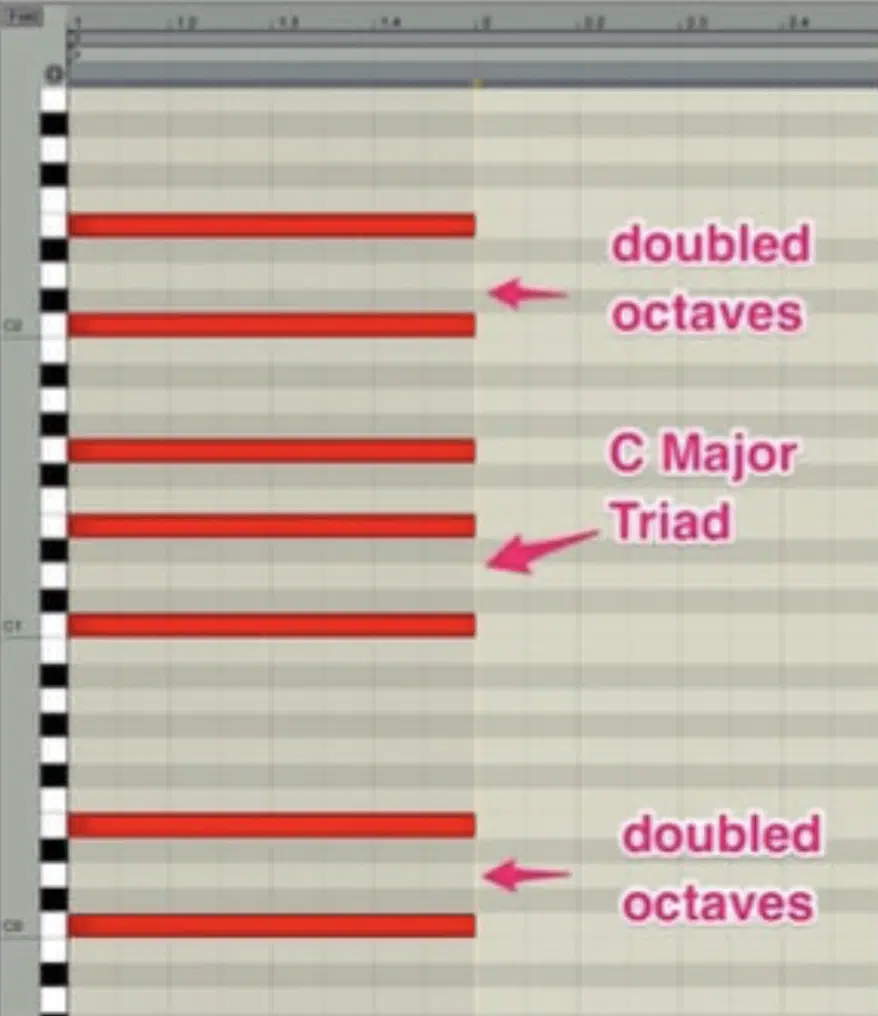
Octave doubling is a popular technique in music production, where you double a musical part at the same pitch and then add another layer an octave higher or lower.
You can try it out on basslines, melodies, harmonies, etc.
For instance, doubling a bassline an octave higher can add clarity and definition to the low-end frequencies so it really shines.
Similarly, doubling a melody an octave lower can give it more weight and presence.
Perfect octave doubling is a versatile technique that can enhance the impact of your musical elements, so make sure to go try it out when you have a minute.
-
Octave Layering & Shifting
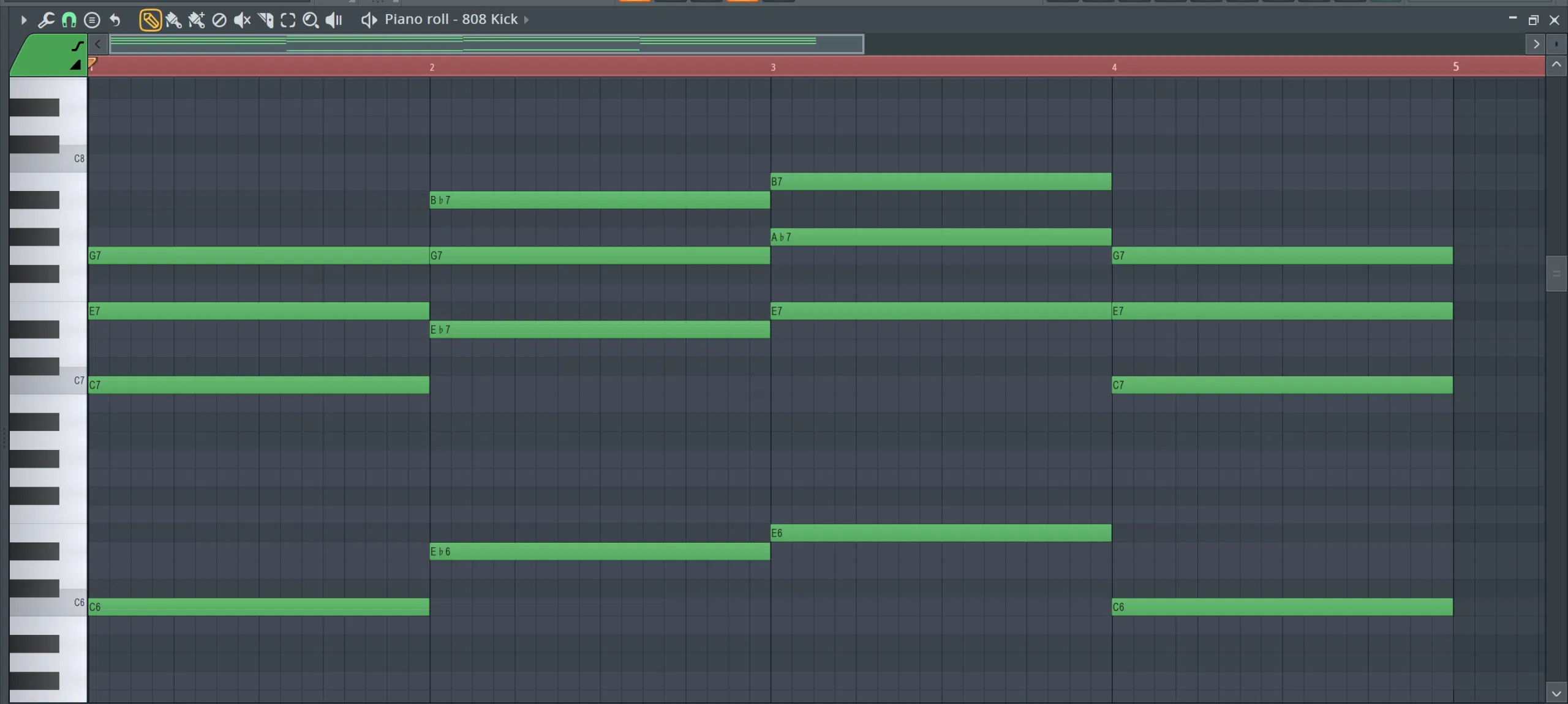
Layering and shifting octaves is another powerful technique for music producers.
By stacking multiple layers of the same sound at different octaves, you can create complex and evolving textures.
It can help you build show-stopping soundscapes and clean arrangements.
For example, when designing a lead synth, try layering it with versions that are an octave higher and lower to create a thick, powerful lead sound that cuts through the mix.
Octave shifting can also be used to create interesting transitions and build-ups as well,
Pro Tip: To create a more intricate and layered sound, divide octaves between different instruments, ensuring each plays a complementary part. This can enhance the overall texture by filling the sound wave spectrum properly.
Octaves & Different Instruments
To get a better idea of what is an octave in music, let’s break down how they’re used in relation to different musical instruments. This way, you’ll be able to see their versatility in full effect.
-
Octaves on the Piano Keyboard
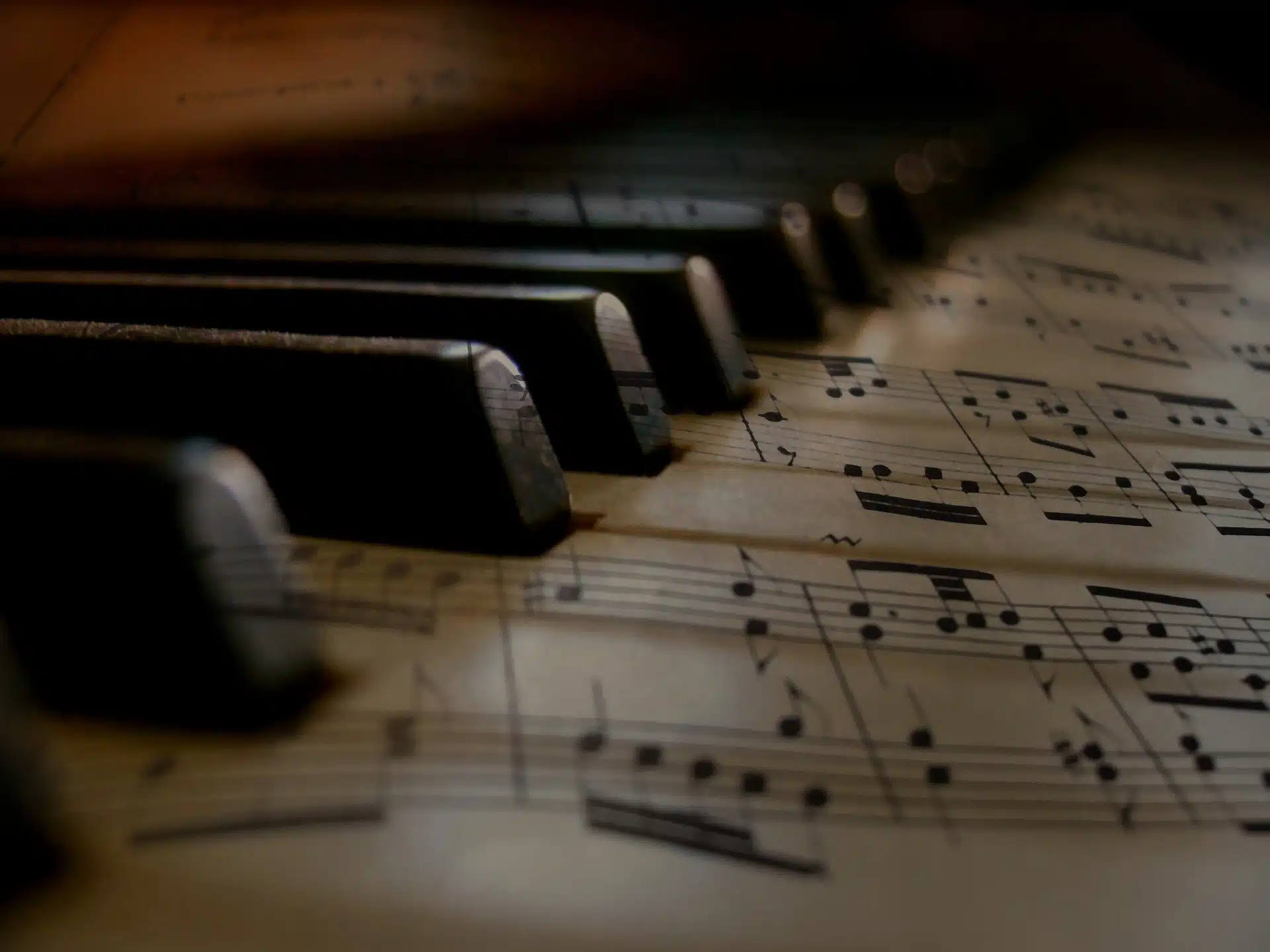
On the piano keyboard, octaves are visually represented by the repetition of the same note name every twelve keys 一 both the white and black keys.
For example, if you play a C note (Middle C) with your right hand, you will find the next C note one octave higher by counting twelve semitones to the right.
This higher C note will have double the frequency of Middle C.
Playing two octaves on the piano involves pressing the same note with both the right and left hand, one perfect octave apart.
This piano music technique creates a fuller and more resonant sound, often used to emphasize melodies or harmonies that should shine.
For example, playing a C note with the right hand and the same C note an octave lower with the left hand produces a rich, harmonious sound.
It’s both powerful and balanced to perfection.
-
Octaves in String Instruments
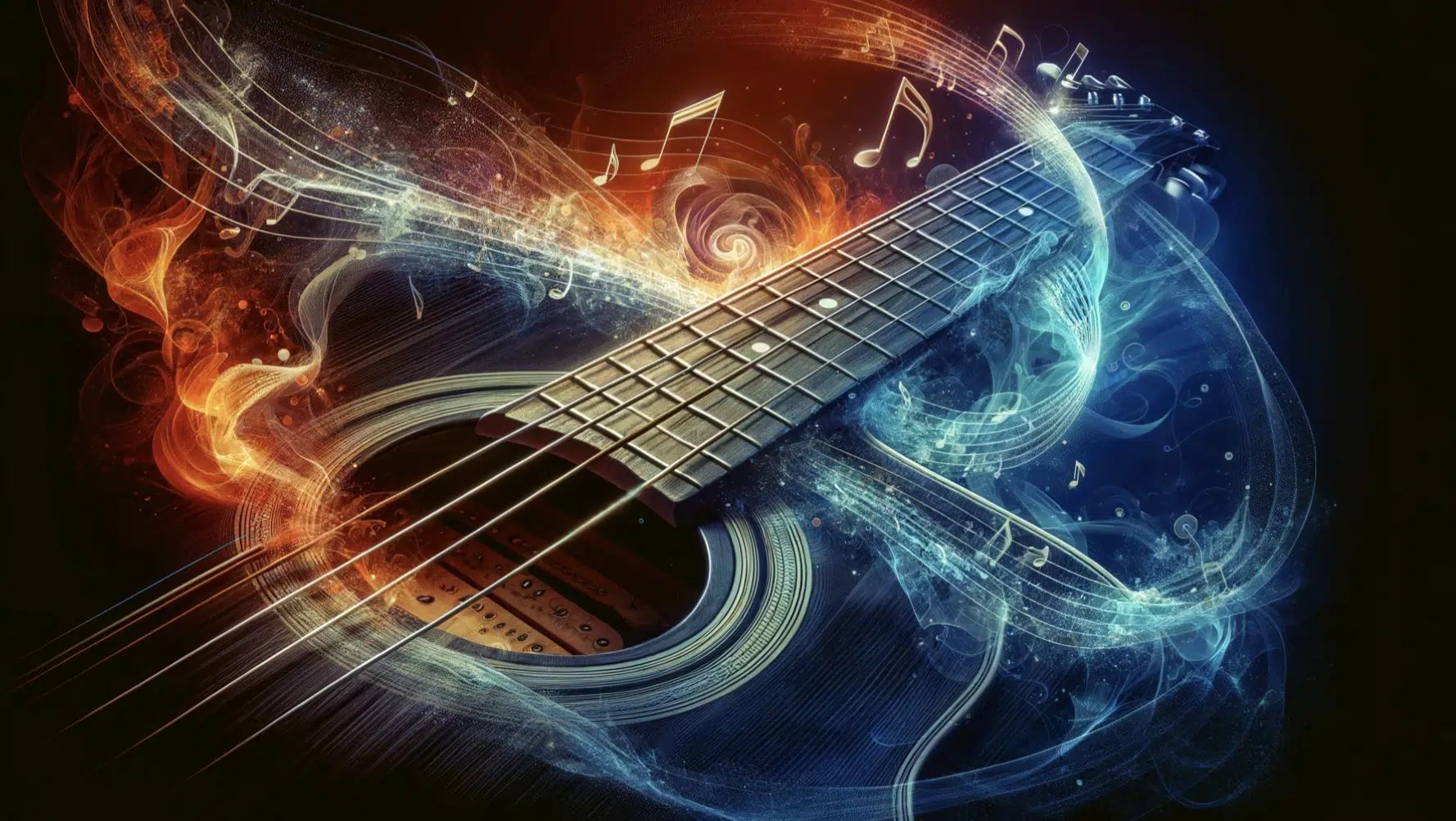
A string instrument, such as the guitar and violin, also utilize octaves extensively.
On the guitar, playing octaves involves fretting the same note on different strings, one octave apart 一 commonly used to create powerful and expressive solos.
For instance, playing an E note on the 7th fret of the A string and the same E note on the 9th fret of the G string produces an octave.
Guitarists often use this technique to add intensity and dynamics to their playing.
Understanding octaves on string instruments opens up a wide range of musical possibilities you can play around with.
-
Octaves in Wind Instruments
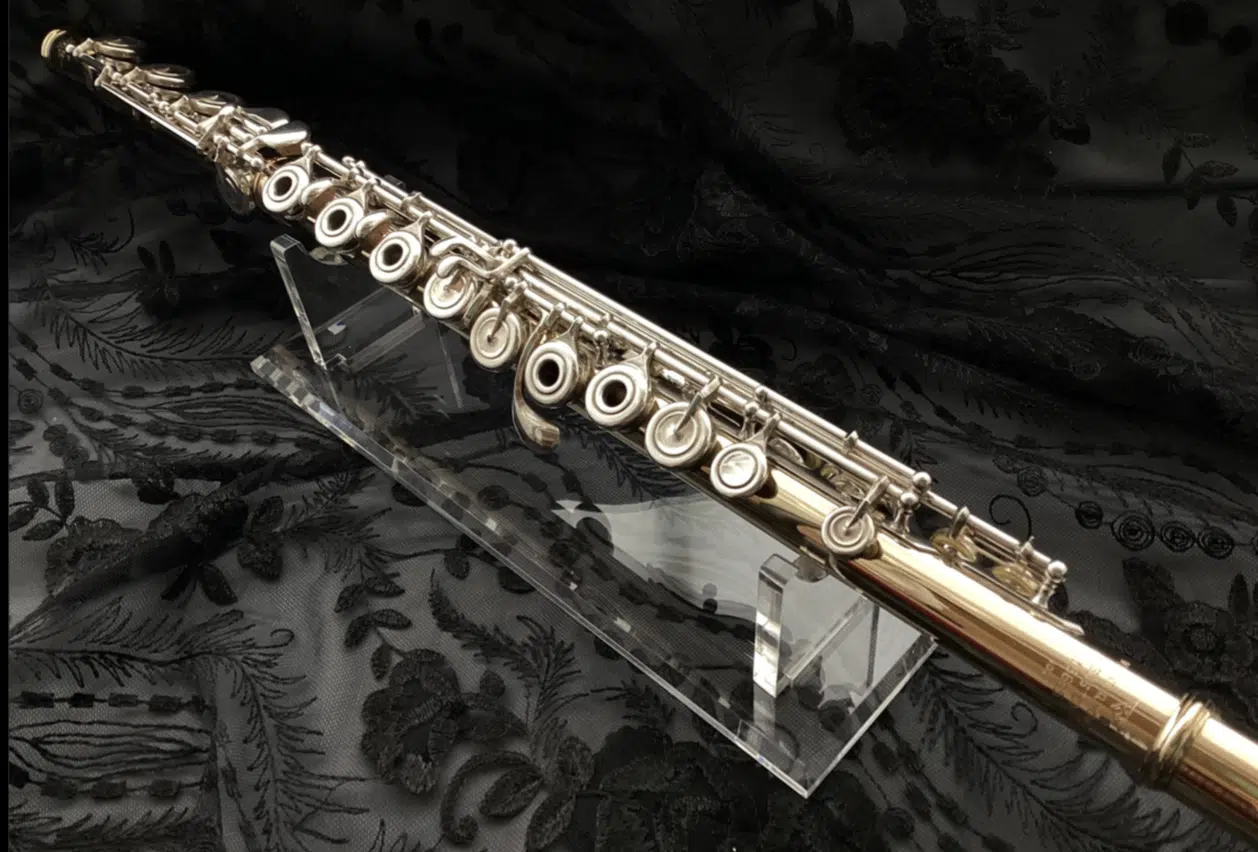
A wind instrument, like the flute and saxophone, incorporate octaves through fingerings and breath control.
Playing octaves on these instruments involves adjusting the embouchure and finger positions to produce the same musical note at different pitches.
This technique is essential for achieving a full range of expression and dynamics.
For example, on the flute, playing a G note in the lower register and the same G note an octave higher requires precise control of airflow and fingerings.
Wind players use octaves to add variety, complexity, versatility, and expressive power to their performances.
I hope you’re getting the pattern, regardless of method, the principle remains the same.
What is an Octave in Music: Final Thoughts
Octaves are powerful tools that you can use to add depth, richness, and complexity to your music.
With them, you can create unique melodies and harmonies that will really stick with your audience long after the beat stops playing.
With the knowledge you learned today, you’ll be able to use octaves to enhance your own compositions and create engaging, dynamic tracks.
Plus, you’ll definitely be able to answer the question, “what is an octave in music?”
If you’re looking to take your music to the next level and enhance your skills even more, make sure to check out the Essential Famous MIDI Chord Progressions pack.
This collection includes 24 unique chord progressions that you can instantly plug and play in your own tracks.
Building your tracks off a solid, proven foundation (using the exact chord progressions from the biggest hit songs of all time) sets your music up for success from the get-go.
This pack will help you understand how to use chord progressions creatively alongside octaves 一 ensuring your tracks have the professional edge they need.
You can use these progressions in a song you’re already working on to elevate it to that radio-worthy level or as a hit foundation for a new song right from the start.
They’ve been proven to generate millions of plays, so you don’t want to miss out on this opportunity.
Understanding what is an octave in music and applying this knowledge will seriously refine your skills and enhance your music production journey.
Keep practicing, and remember to never stop refining your craft.
Until next time…







Leave a Reply
You must belogged in to post a comment.